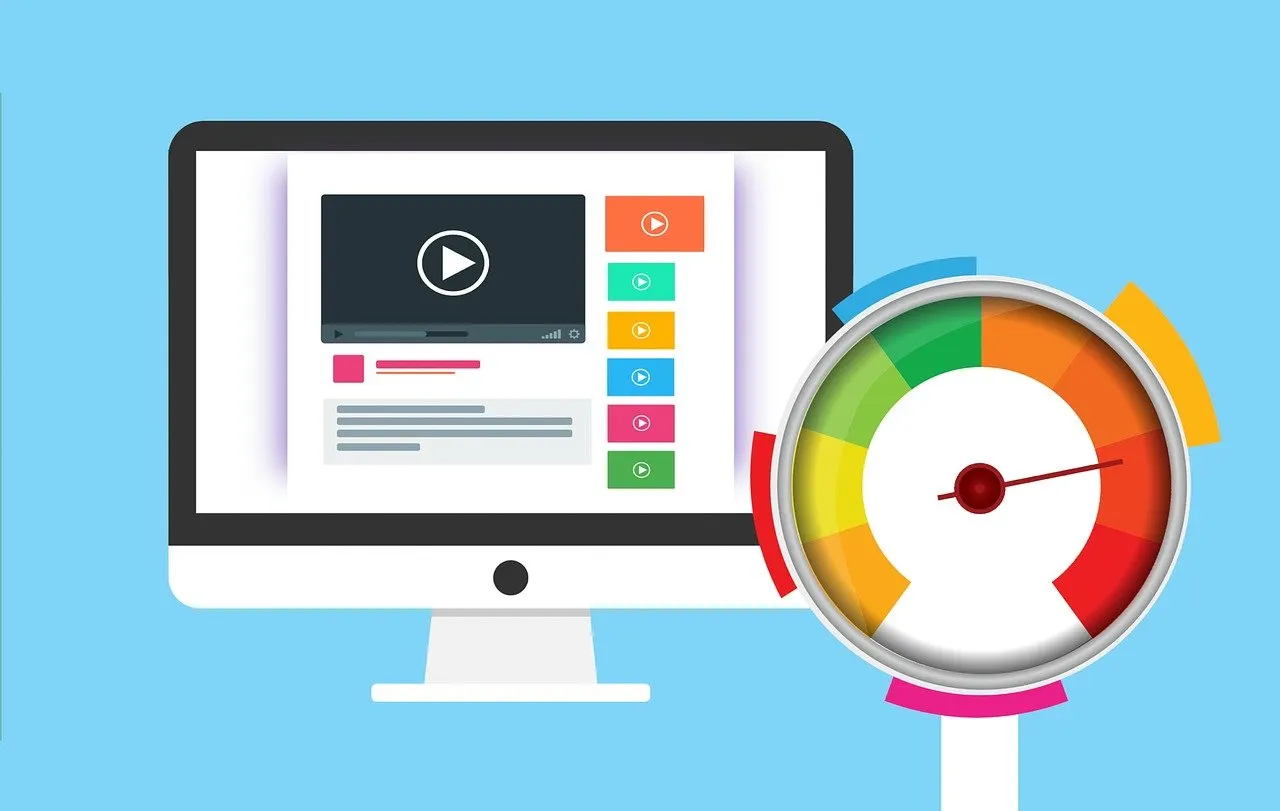The Need for Speed: 5 Ways To Speed Up Your Website

The speed at which your website loads can have a significant impact on user experience, SEO, and conversion rates.
In fact, studies have shown that even a one-second delay in page load time can result in a 7% reduction in conversions, and a 40% increase in bounce rates. This means that if your website takes too long to load, you could be losing potential customers and revenue.
If you want to run a highly-effective website which attracts traffic and keeps your visitors engaged, you must ensure that your web pages load quickly and seamlessly.
So what is a good page load time?
According to study by Portent in 2022, you should aim for 1- 4 second load time to increase conversions.
How fast is your website?
The first step in improving speed is figuring out how your pages are currently performing using tools such as "Google PageSpeed Insights" or "GTMetrix".
Ways to reduce loading time
Once you have the initial test results, you can do the following to increase the loading speed -
1) Optimize images
We all use images to enhance content quality but they often take the longest to load on a website since image files tend to be larger in size than HTML and CSS files.
The easiest way to reduce loading time is to optimize images which usually involves reducing the resolution, compressing the files, and reducing their dimensions.
There are several online tools available(like TinyPNG, CompressNow) which can reduce your image sizes anywhere from 25% to 80% thereby reducing the page loading time.
2) Use a Content Delivery Network (CDN)
A CDN is a network of servers that are distributed across the world.
When someone visits your website, the CDN chooses the server closest to their location to deliver the content. This can significantly reduce the time it takes for your website to load, especially for visitors who are geographically far from your server.
3) Minimize HTTP requests
When a visitor loads your website, their browser makes HTTP request for various assets on the page, such as images, stylesheets, and scripts. Too many such requests can add to the overall load time for a webpage.
So minimize the total number of assets each page needs to load by combining multiple files into a single one, or removing unnecessary files altogether.
A speed test should help identify which HTTP requests are taking the most time. For instance, if images are causing a page to load slowly, developers can look for a faster image hosting solution (such as a CDN).
4) Enable browser caching
The browser cache is a temporary storage location where browsers save copies of static files.
When a visitor comes to your website for the first time, their browser has to download all of the files on the page. By enabling browser caching, you can instruct the browser to store mostly unchanging elements of a webpage on the visitor's computer.
So when they visit your site the next time, their browser can load the files from the cache thereby greatly reducing the amount of data to be transferred to the browser, which in turn improves the loading time.
5) Reduce Redirects
A redirect is when visitors to one webpage get forwarded to a different page instead and this prolongs the HTTP request and response process. And too many redirects on your website can really hurt loading times. Avoid unnecessary redirects to reduce the loading time of your web pages.
In Conclusion
It is evident that speed is crucial for online success and faster website can significantly reduce bounce rates, enhance user experience, increase conversions and improve search engine rankings. Don't let slow loading times hold your business back - take action to optimize your website's performance today!